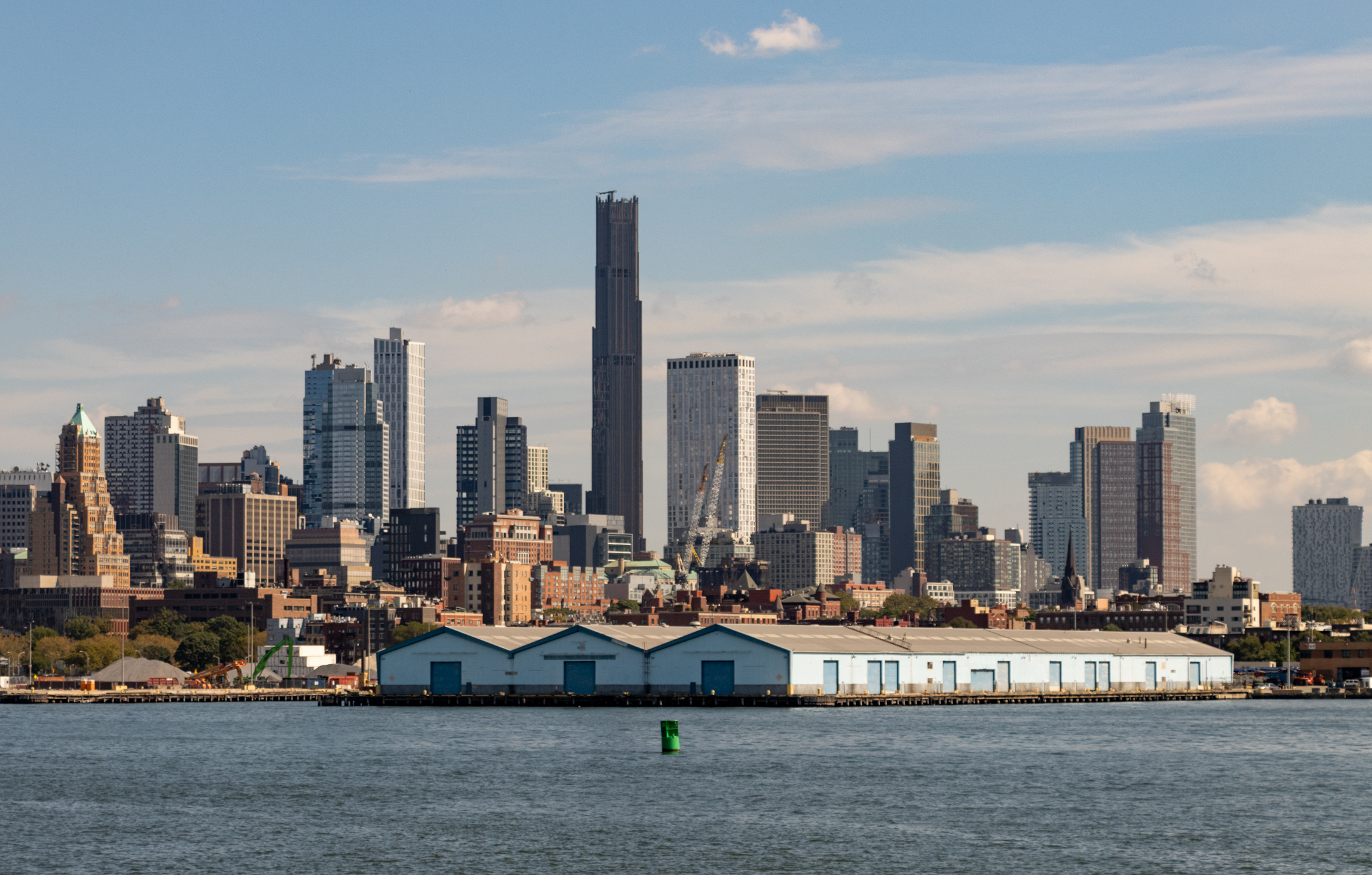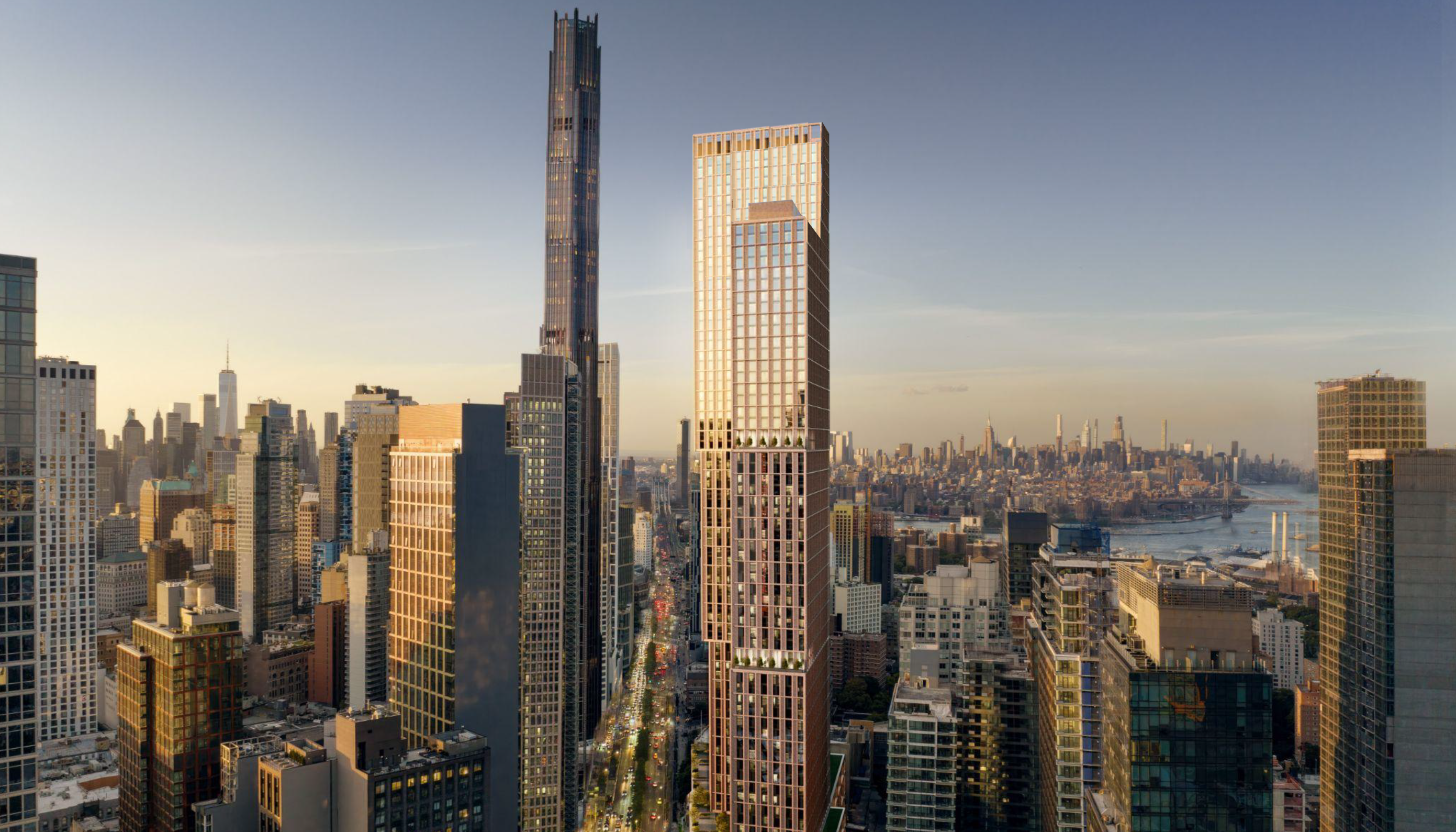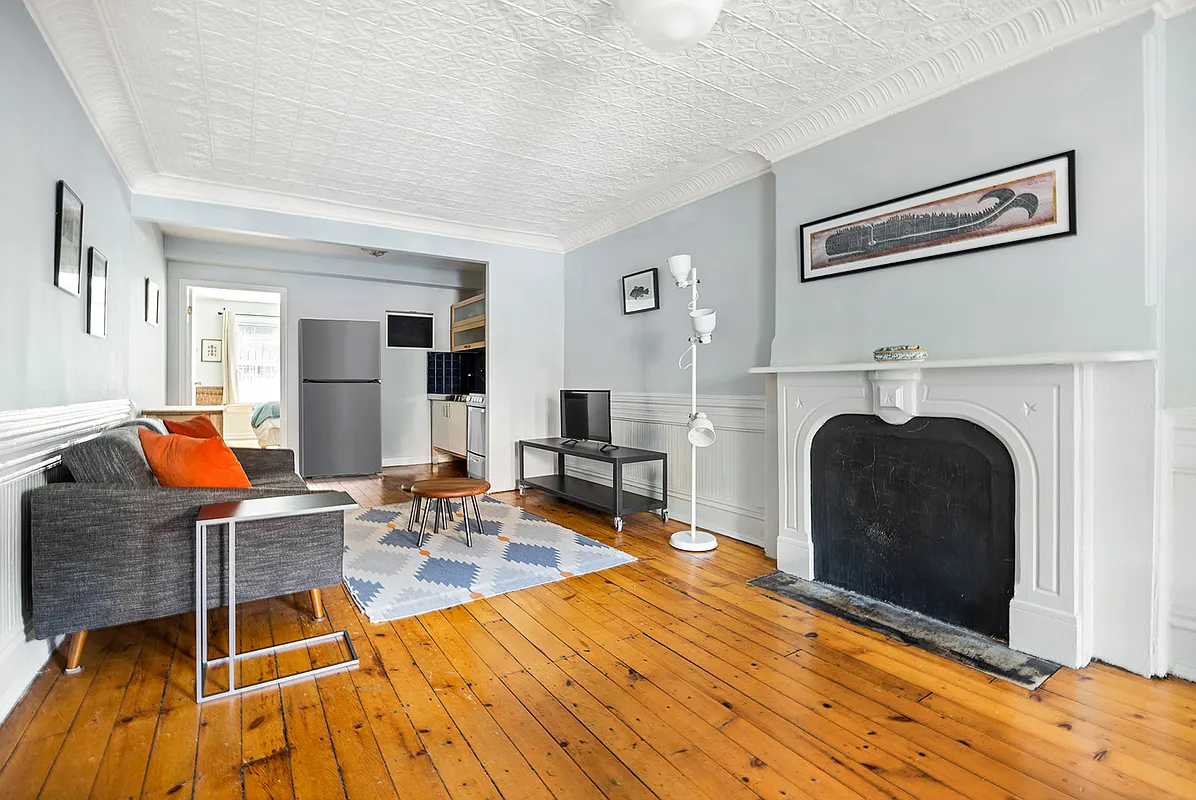Re-examining the Need for 421-a Subsidies
While we weren’t down with their methods, the folks from ACORN who stormed the Beacon in Dumbo a couple of weeks ago did have a point: It’s kinda silly that development subsidies put in place to stimulate building in the depths of the seventies market funk are still being used to put up luxury condos…

 While we weren’t down with their methods, the folks from ACORN who stormed the Beacon in Dumbo a couple of weeks ago did have a point: It’s kinda silly that development subsidies put in place to stimulate building in the depths of the seventies market funk are still being used to put up luxury condos in fancy neighborhoods in the biggest real estate bull market ever. Ariella Cohen digs a little deeper on the subject in this week’s Brooklyn Papers and finds that, in addition to the Beacon (which she reveals is 75% sold!), there are another 28 buildings currently in construction in the borough’s more upscale nabes that are benefiting from the same 15-year tax break. Except for the recently rezoned Williamsburg and Greenpoint waterfront, these subsidies carry no requirement to include affordable housing.
While we weren’t down with their methods, the folks from ACORN who stormed the Beacon in Dumbo a couple of weeks ago did have a point: It’s kinda silly that development subsidies put in place to stimulate building in the depths of the seventies market funk are still being used to put up luxury condos in fancy neighborhoods in the biggest real estate bull market ever. Ariella Cohen digs a little deeper on the subject in this week’s Brooklyn Papers and finds that, in addition to the Beacon (which she reveals is 75% sold!), there are another 28 buildings currently in construction in the borough’s more upscale nabes that are benefiting from the same 15-year tax break. Except for the recently rezoned Williamsburg and Greenpoint waterfront, these subsidies carry no requirement to include affordable housing.
Dated Perks Subsidize Luxury Condos [Brooklyn Papers]





JoshK- I have to disagree the the regulations and rules made the Mitchell Lamas and midtown planned buildings. Most of those were going up in the late 30’s,40’s, 50’s etc and the aesthetic was very very different. They wanted Modern, no frilly detail, etc. Just after a big war who could condone spending scads of money on gorgeous carvings, ornate details, etc? Of course many architects were greatly influenced by Mies Van Der Rohe, “less is More.” Unfortunately they didn’t have is talent or his eye- so while it’s an easy look to do, it’s very hard to do it right.
Yet some projects, Amalgamated in the Bronx and Hillside Homes, also in the Bronx were planned housing and they are considered great examples of how it can be done and done right.
Maybe people don’t want to sell because they love their homes. Maybe people just innately dislike these humungous warehouses for people and maybe we shouldn’t be putting huge Hi-rises everywhere just because we can? I don’t understand why you seem so taken aback that not everyone wants to sell and let hi-rises be built.
“Before I answer you, could you clarify what downtown gems you are referring to? ”
??
The Woolworth building. 20 Broad (or is it 25 or both?). That beautiful hotel right north of Battery Park. It’s been a few years since I last worked there, but I used to love to walk around and “building gaze”. I always liked the JPM building. There are so many…
Brower Park ,
“Some people might actually feel that they are stewards of a fine legacy of a piece of history”
I agree with you. Not everyone would sell, but very little of the overal stock is so nice. And I can accept that someone would say that high density is bad and that they are willing to accept lower density in exchange for higher costs. As long as they don’t deny the trade-off.
Dave if your talking about losing money on a cash flow basis(i.e. year over year), I can show you hundreds.
The only way to make $ on NYC RE today is to have bought years ago or to sell, either piece by piece through conversion or refinancing or just dumping the whole thing.
Before I answer you, could you clarify what downtown gems you are referring to?
Also, your scarcity is in part due to the fact that not everyone who owns a house or even a larger building is only interested in what his/her building can sell for. Some people might actually feel that they are stewards of a fine legacy of a piece of history, architectural skill, crafmanship, pride of place, or even just that they like living how and where they do. Not everything is always money.
Brower Park ,
“Can you not accept that a happy medium is needed”
I cannot accept that the state will come up with something better than the free market. Just compare midtown to downtown. The real gems are downtown, built by the random forces of the market. And then look at the sterile, planned buildings in midtown, all with their proper setbacks. Walk around our city and look at the beautiful buildings that were built on WEA or the park, before the regulations were enacted. Then look at the Mitchel Lamas.
” take London for example – subsidized council housing on the same blocks as high end terraced rowhouse housing. If done thoughtfully and correctly, it can work. ”
Have you been to London? It is even more unaffordable than here. They have lots of beautiful old buildings, but so many dumps that are screaming for conversion.
Excellent posts, Dave.
Josh, it sounds like you would be quite happy to have people living stacked up on each other like cordwood (or Tokyo)in order to have the maximum profit derived from a building, or an acre of land. It also sounds like you would be quite happy to be able to tear down most of the city in order to make that happen.
Thank goodness people who believe as you do are not completely in charge. Can you not accept that a happy medium is needed: low density along with high, old with new, along with a healty mix of incomes.
It works in other cities, take London for example – subsidized council housing on the same blocks as high end terraced rowhouse housing. If done thoughtfully and correctly, it can work. A city has to be livable as well as valuable. Sensible city planning should allow for the variety that this city is famous for. We don’t do well in anthills.
Also,
“Again, you need to compare data sets that have a relationship that isn’t so weighted.”
I’m not sure what that part means.